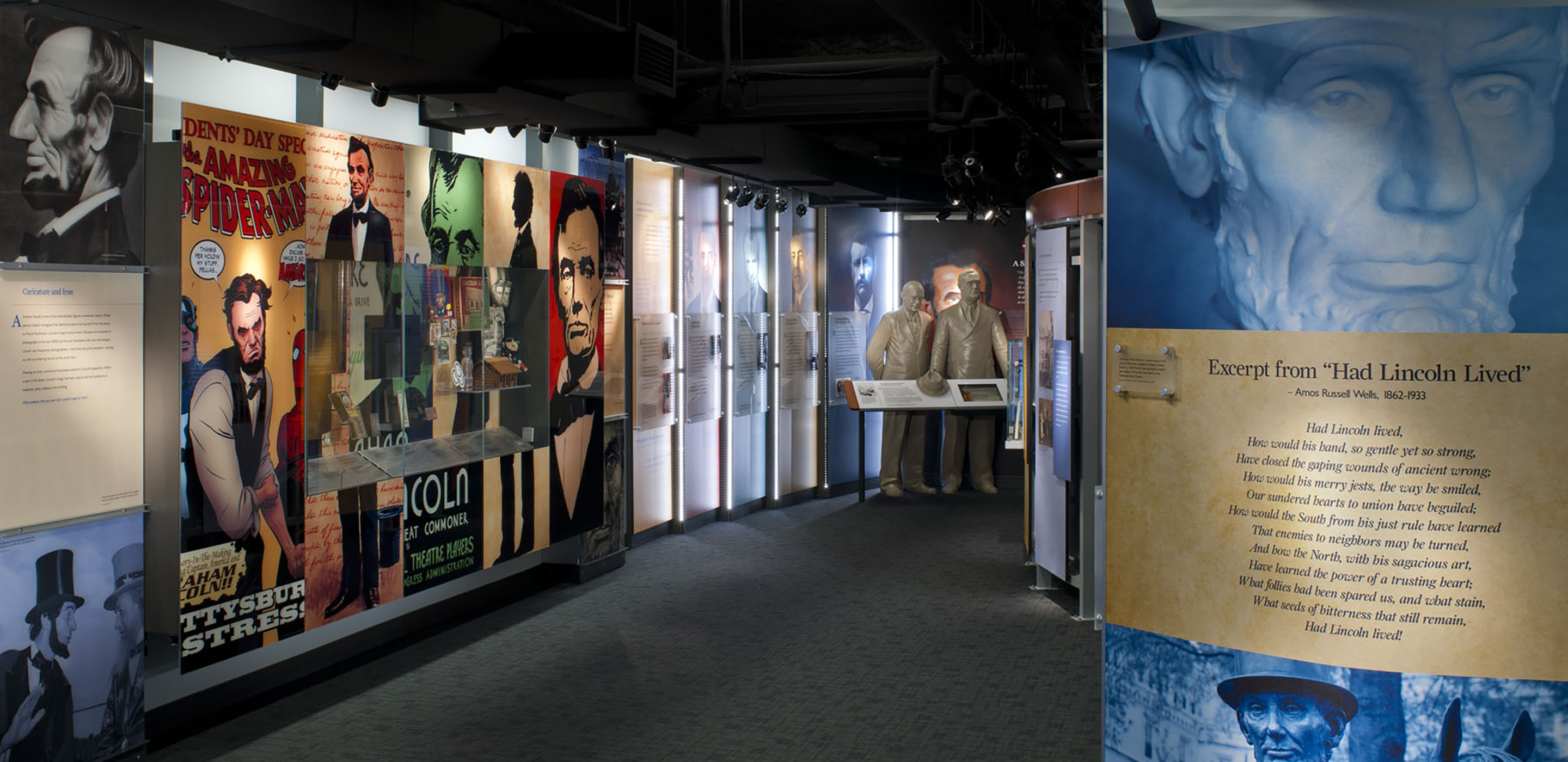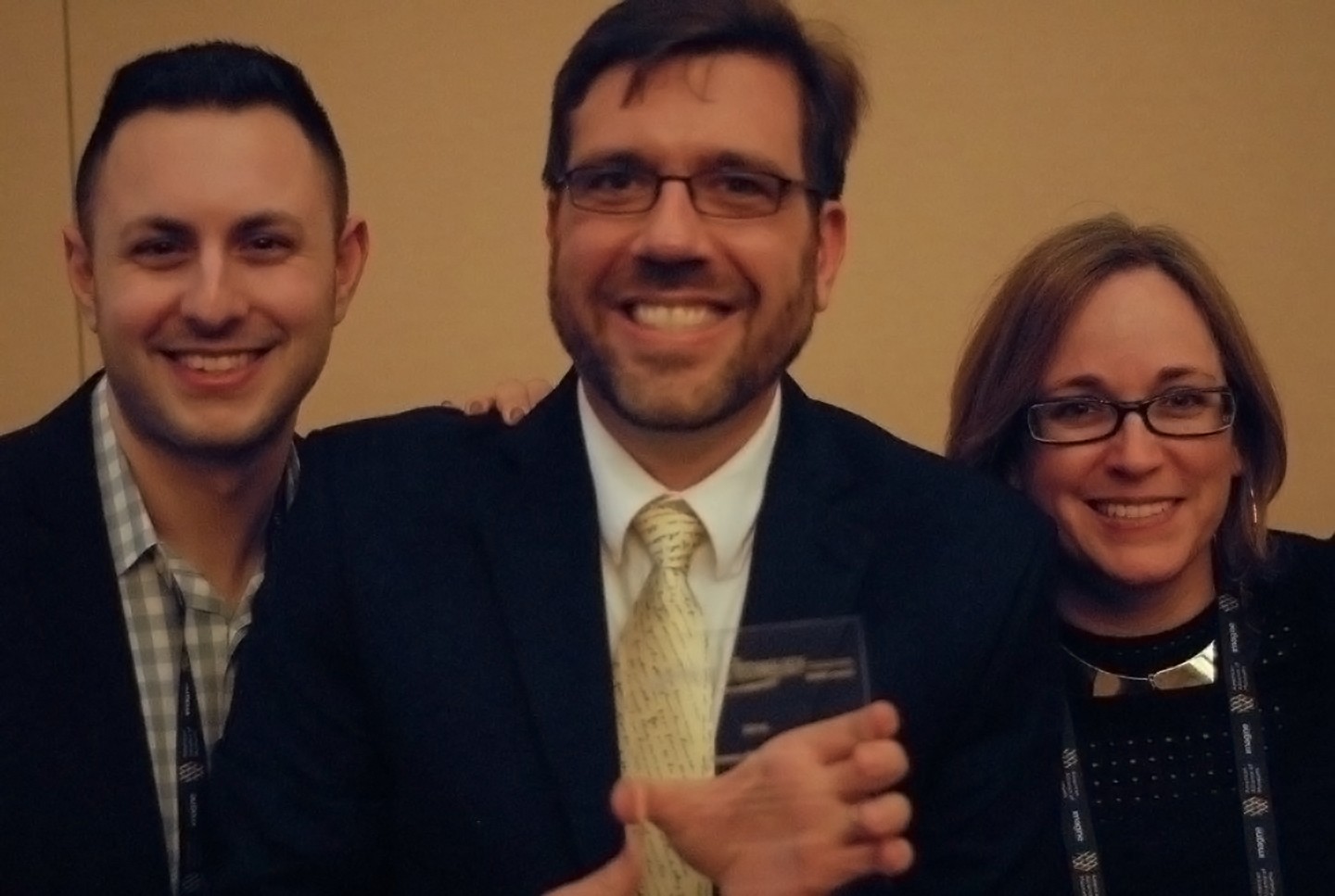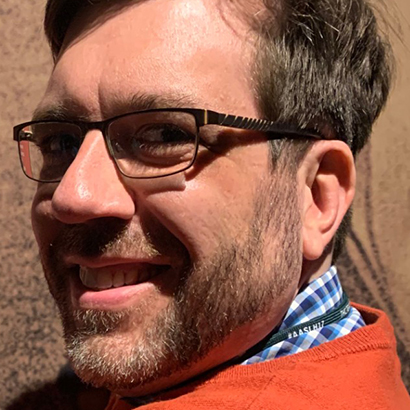
Three Years Later: Reflecting on our Remembering Lincoln Digital Collection
Three years ago, on March 18, 2015—not that I had this date seared into my memory—we at Ford’s Theatre launched our digital collection Remembering Lincoln, which was funded by a grant from the Institute for Museum and Library Services (grant number MA-10-13-0274-13). Remembering Lincoln is a collection of primary sources showing how people responded to the Lincoln assassination. We’ve come a long way since our planning process. Now, in our fourth year, seems like a good time to take stock of our successes, lessons learned and continuing questions about collection-building, developing a refined end-product versus citizen history project, defining audiences, challenges of scale and how this project has refined our storytelling approach.

It makes me happy that Remembering Lincoln is an award-winning project, and that we’ve gained positive reviews, including in the Journal of American History. We’ve also gained increasing numbers of visitors to the website every year—spiking around the anniversary of the assassination—and visitors have, on average, spent many minutes exploring the materials. Teachers—a particular focus since this project is housed in our Education department—have in particular talked positively about using it in the classroom. I’ve spoken about the project at multiple conferences and with many classes from high school to grad school.
Remembering Lincoln is the brainchild of Sarah Jencks, our director of education and interpretation. Anecdotal evidence showed that visitors to the Ford’s Aftermath Exhibits looked for their hometowns or cities with which they were familiar, in an interactive map of the route of Lincoln’s funeral train. Sarah wondered, how could we localize and personalize the story of the Lincoln assassination for people outside of the 12 large cities in which the funeral train stopped? What common threads might help us tell these stories best?
Continuing Questions in Building a Collection
To bring in a variety of people and viewpoints, we’ve collaborated with a wide range of institutions from around the country. More than 40 institutions have contributed primary sources to Remembering Lincoln, and we’re always on the lookout for more. One of our current goals is filling in a map with some major gaps in the middle of the country. That said, building a collection – even a purely digital one – is labor-intensive work. It’s one that requires permissions from institutions, descriptions of primary sources and working out what’s needed for each contributor to participate.

Since archives have traditionally privileged certain voices—wealthy white men who could write—the voices of many others are not present. Historians have worked in creative ways to overcome that barrier by writing about gaps in documentation and reading existing documentation against the grain; but what if you’re building a thematic archival collection, which largely involves presenting the primary source itself? Additionally, inherently a collection like this privileges stories transmitted through written and material culture. What about other means of transmitting stories, like oral traditions? In the past year, after broadly assessing the state of the Remembering Lincoln project, we’ve chosen to focus on increasing voices of women and ethnic minorities in the collection, as well as filling in the map.
These are some areas in which we are seeking advice and guidance from the many people doing work on these questions.

Defining Audiences
At the kickoff meeting for the project in November 2013 we thought of four target audiences: teachers, students, enthusiasts and scholars.
In retrospect, our target audiences were too broad. For one thing, teachers of different subjects, and at different levels, have different needs. Especially because of the inherently limited scope of the collection we were building—focusing on one event—Remembering Lincoln would never become a year-round resource like, for example, Smithsonian Learning Lab.
Also, at the time we talked with teachers and used our conversations with them as a proxy for their students. As we later found on another project, students had very different opinions and it might have served us to talk with both teachers and students separately.

Citizen History vs. Building a Refined End Product
It has been a wonderful surprise that there’s interest from schools and teachers in collaborating to develop content for Remembering Lincoln. When we first created the site, we planned for teachers and students to be a prime user audience. Chris Lese’s high school class researched Lincoln assassination responses from the Milwaukee area; Jason Rude’s middle school classes in New Hampton, Iowa, added transcriptions; and Teresa Van Hoy’s undergraduates at St. Mary’s University in my hometown, San Antonio, added Mexican American and regional responses to the Lincoln assassination.
When we started the project, there was a lot of talk—and debate—about ideas of citizen history and crowdsourcing. As discussions with colleagues like Elissa Olinsky and Eric Schmalz about their projects at the U.S. Holocaust Memorial Museum have shown, one can really emphasize a strong finished product or the process of citizen history—but not both. In the end, based on what audience research told us, we chose to emphasize building the finished product.
These collaborations also pointed to some limitations of the project. Unlike a lot of other thematic archives out there, our scope is rather narrow. Each of these collaborations was a one-off. As other institutions have found, collaboration takes a lot of time—so I’m not sure we could have done much more without ramping up our staff.

Challenges of Scale
Increasing the number of items in an online collection has led to the dilemmas of scale. While scholars like having a large number of potential sources, audience research separately conducted by Ford’s, the Minnesota Historical Society and the Smithsonian Learning Lab (on which we presented together at the Museum Computer Network conference in 2016) showed that teachers, in particular, prefer curated sets of primary sources with rich metadata. While our Curated Collections on Remembering Lincoln are a start, I’m not sure that we’ve completely resolved that issue, and there is room for continued work with teachers here.
Changing How We Approach Storytelling
Institutionally, Remembering Lincoln has also influenced our thinking about the Lincoln assassination. The project reinforced the importance of telling the stories of the assassination and its aftermath through personal point of view, as our History on Foot walking tour and our play One Destiny. Watch this space for more on how our online storytelling has adapted.
Advice
Are you looking to do a digital project like this? Here’s some advice, based on our lessons from this particular project:
- Talk with your audiences. You’ll learn a ton. Be willing to pivot based on that feedback early on.
- Really think about your scope. Be willing to change your scope in response to audience feedback.
- Use a versatile process. We said we wanted to use an agile process, but in reality, I’m not sure we were ready for that approach. If I had it to do it over again, I might have pushed to start with an out-of-the-box digital collection software and gradually build more features, rather than waiting to launch a fully formed website.
- Decide the degree to which you want your project to be a citizen history project that focuses on engaging regular people in the process of history, versus a finished product that is intended to be used as such. While both can be done together, one outcome will inherently be privileged over the other. That will dictate your software, protocol and staffing choices.
- It’s easy to underestimate how long it takes to do metadata—especially if you’re aiming for an audience of educators. Telling a good, well-crafted story about each primary source—one that illuminates that source—takes a lot of time and research. Build that into your project plan.
- Think about how long you want the project to stay up. Is it a one-off or something permanent? What resources—both staff time and information technology—are you willing to put into it? As funders are thankfully increasingly acknowledging, after a lot of discussion in the field, these things don’t maintain and build themselves.
- Most importantly, learn from others who have done projects like this. We avoided a lot of stumbling blocks by reading pieces by and talking with colleagues in the field.
David McKenzie is Associate Director for Interpretive Resources at Ford’s Theatre. He also is currently a History Ph.D. candidate at George Mason University, studying 19th-century U.S. and Latin American history, as well as digital history. Before coming to Ford’s in 2013—starting as the project manager for Remembering Lincoln—he worked at the Jewish Historical Society of Greater Washington, The Design Minds, Inc. and at the Alamo. Chat with him on Twitter @dpmckenzie.

